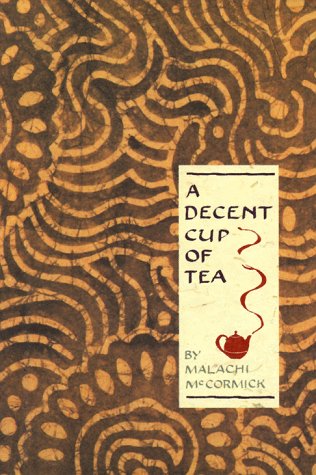This week, two reviews (to make up for my missed week)!
If you meet me, it will probably not take you long to learn the following:
- I hate the color orange
- I hate pumpkin pie spices
- I adore autumn and all of its decorating possibilities
I always look forward to buying pumpkins and re-decorating my mantel and living room for fall. I love the idea of cooking warm, hearty foods suitable for cold days. I try to never be thwarted by the fact that my good china never quite matches my Thanksgiving table decor. I always want to be in charge of Thanksgiving table decor. I have many Halloween candle holders.
 |
| Mom's apartment - 2009? 2010? |
Given this love-hate relationship, I find it a bit odd that I own not one, but two books that feature all things pumpkin-related. This week we look at two books published in 1998: Holiday Pumpkins and Halloween Treats.

Holiday Pumpkins, by Georgiane Brennan and Jennifer Barry begins with a chapter about pumpkin basics: which pumpkins are best to eat, how to grow and store pumpkins, how to cook and purée pumpkin, and how to prepare pumpkin blossoms (hint: watch out for hidden bugs). The authors say that pumpkin adds needed moisture to baked goods, and can take on the flavours of most things it's cooked with.
The chapters alternate between pumpkin recipes and pumpkin crafts and decor. Most of the savory recipes sound tasty: honey grilled pumpkin slices, pumpkin pomegranate beef stew, etc. After I bought the book way back when, I was determined to make pumpkin pasta with baby bok choi and prosciutto only to be defeated when I couldn't find pre-made pumpkin pasta. Someday I will try to make pasta at home, but it always sounds like a huge amount of work. Maybe pumpkin pasta is worth it...
The vast majority of pumpkin desserts are not for me. Inevitably, pumpkin desserts, except for some versions of pumpkin pie, ironically enough, contain cloves, nutmeg, allspice, etc., all spices I hate (it's a family trait). These recipes are easy enough to skip. And though I like the crafts and decor chapters telling me how to make candle holders out of mini pumpkins and soup bowls out of medium pumpkins, it turns out I have glass pumpkin candle holders, ceramic pumpkin soup bowls, pumpkin-shaped salt and pepper shakers, and on and on. I'm all set.
I love how this book is more about autumn than Halloween. The recipes seem warm and hearty, and within my skillset. Maybe next year is the year of pumpkin pasta. Who's in?
Halloween Treats by Donata Maggipinto, though it has some recipes for alcoholic drinks, is really aimed at family activities and cooking projects. It also combines crafts and recipes, but I found it disconcerting that the chapters randomly combined food and non-food projects, so that I was almost surprised to be reading about paper mâché Halloween treat bowls right after a bat-shaped sugar cookie recipe. I like the format of alternating chapters better, to keep my brain organized. The book also doesn't always have the picture of a dish or item near the recipe or instructions. Sometimes I found myself guessing at what I was looking at.
Some treats I would like to try someday include rolled marshmallows stamped with a mini ghost cookie cutters, warm red cabbage slaw with apples, and an entire dinner of only orange and black food. I attended an orange and black dinner once and it was great fun!
What are your favorite pumpkin recipes? How do you decorate for autumn?
Next week: A Proper Tea








